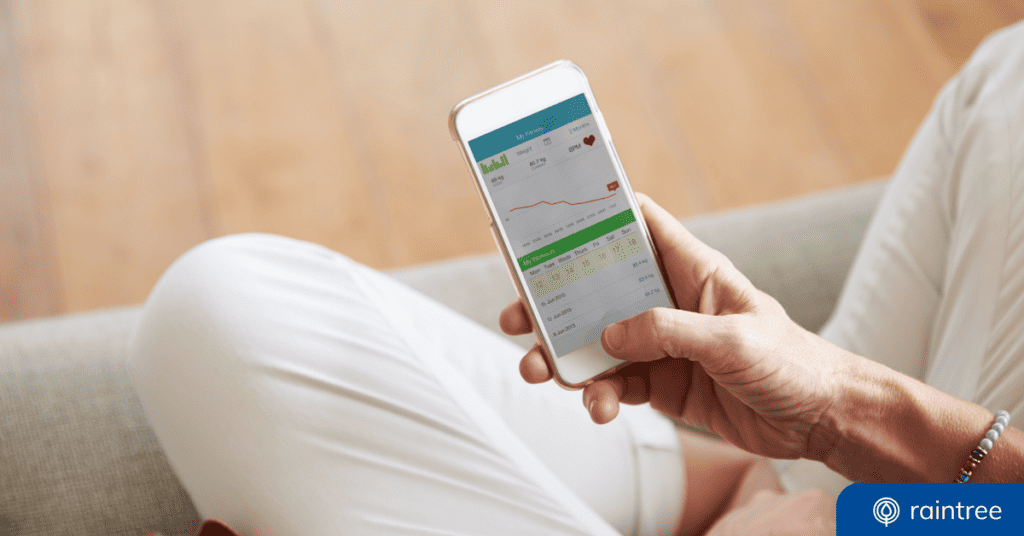Patients’ evolving needs and expectations in healthcare have led to a surge of virtual innovations for both clinical management and patient engagement, including the overwhelming growth of remote patient monitoring (RPM) within certain medical specialties such as behavioral health, pulmonology, chronic pain management and more.
Today’s post serves as an introduction to remote patient monitoring (RPM) and the benefits it offers to both patients and providers.
What Is RPM?
Remote patient monitoring utilizes digital technologies to electronically collect and transmit health data such as vital signs, weight, blood pressure and even range of motion. These monitoring programs give providers easy access to a collective hub of patient data and help them enable treatment plans outside of conventional clinical settings.
Read these frequently asked questions for more information on how to qualify patients for RPM services as well as learn more about which Medicare and CPT codes are needed for reimbursement.
What Is the Difference Between RPM and Telehealth?
While RPM refers to specific patient management technologies, telehealth is a much broader term that references general methods of patient engagement. An example of three types of data collected during remote patient monitoring:
- Real time measurements like heart rate or blood oxygen levels
- Surveillance indicators for symptom tracking and on behalf services such as tests
- Injections or other physical treatments that are administered to patients in their home by providers
Remote Patient Monitoring is often confused for a newer term: Remote Therapeutic Monitoring. Learn about the differences and similarities in RTM vs RPM.
What Are the Benefits of RPM?
Other than pursuing continuity of care, enhancing patient engagement and expanding access to healthcare, RPM also offers real time compliance benefits with data driven decisions that make for more effective treatment plans and improve patient outcomes. Check out these informative graphics from Health Tech Magazine that outline the advantages of leveraging RPM services.
What Is the Purpose of RPM?
Not only is RPM meant to increase provider levels of patient engagement but it also serves as an educational resource that motivates patients to practice self care at home and teaches them how to effectively keep track of their own progress. With the pandemic, now more than ever, at home healthcare represents the future for our industry as RPM offers the initiative to inspire patients to pursue individualized care rather than depending on providers for intermediate treatment.
Be sure to watch this video that explains the push for patient education and defines the cause for telehealth and RPM services.


